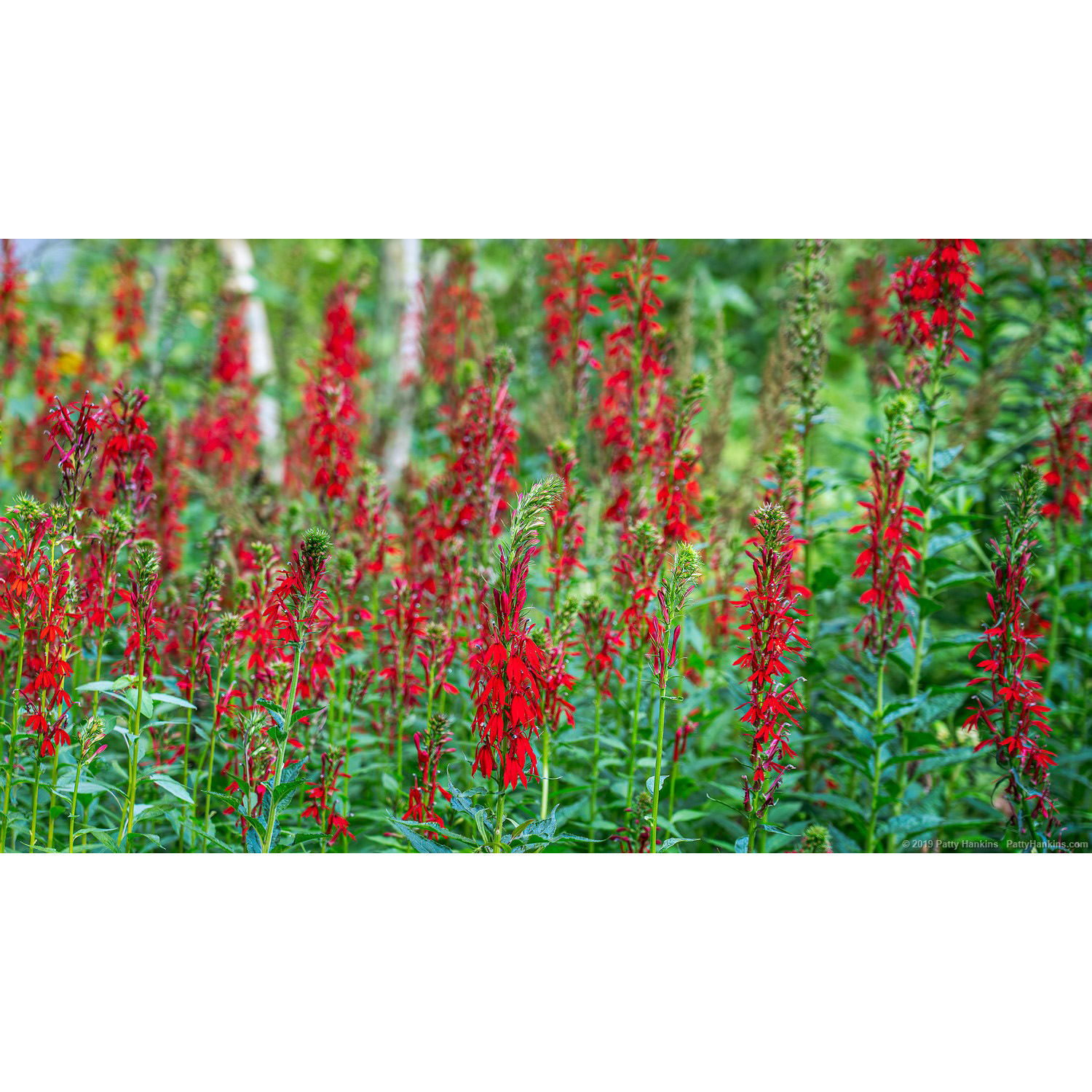
by hankinslawrenceimages | Sep 16, 2019 | Campanulaceae Family, New Photos, Wildflowers
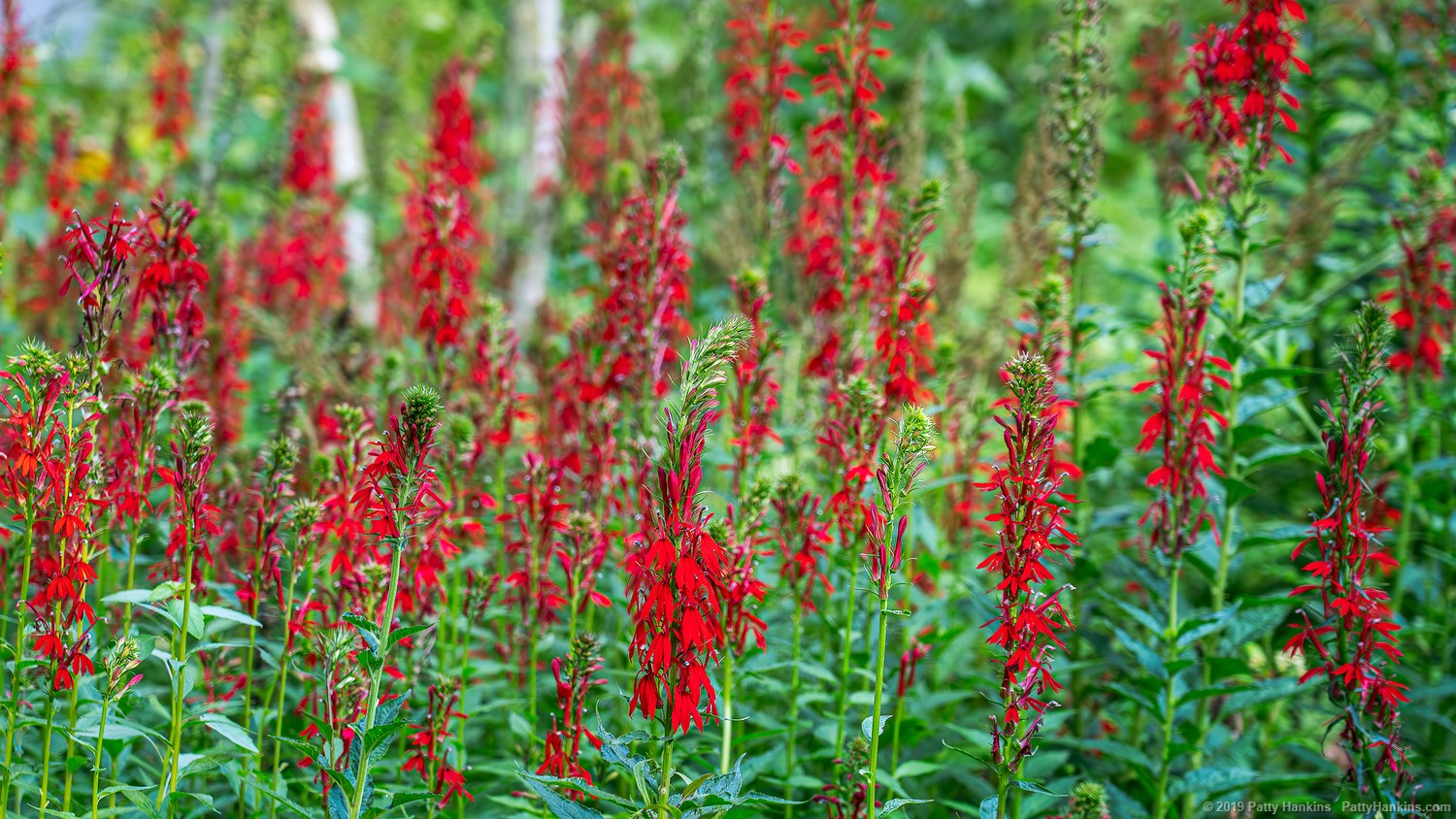
Cardinal Flowers – Lobelia cardinalis © 2019 Patty Hankins
I’ve recently added a new photograph – Cardinal Flowers – to my website at https://beautifulflowerpictures.com/store/cardinalflowers/
Cardinal Flowers (Lobelia cardinalis) are one of my favorite summer wildflowers. They bring such a bright splash of color to the garden or the woods. Hummingbirds love cardinal flowers. The day I photographed these at a local garden there were several hummingbirds flitting from one plant to another, which is always amazing to see.
This photograph is available matted to 12 X 20 and 16 X 24
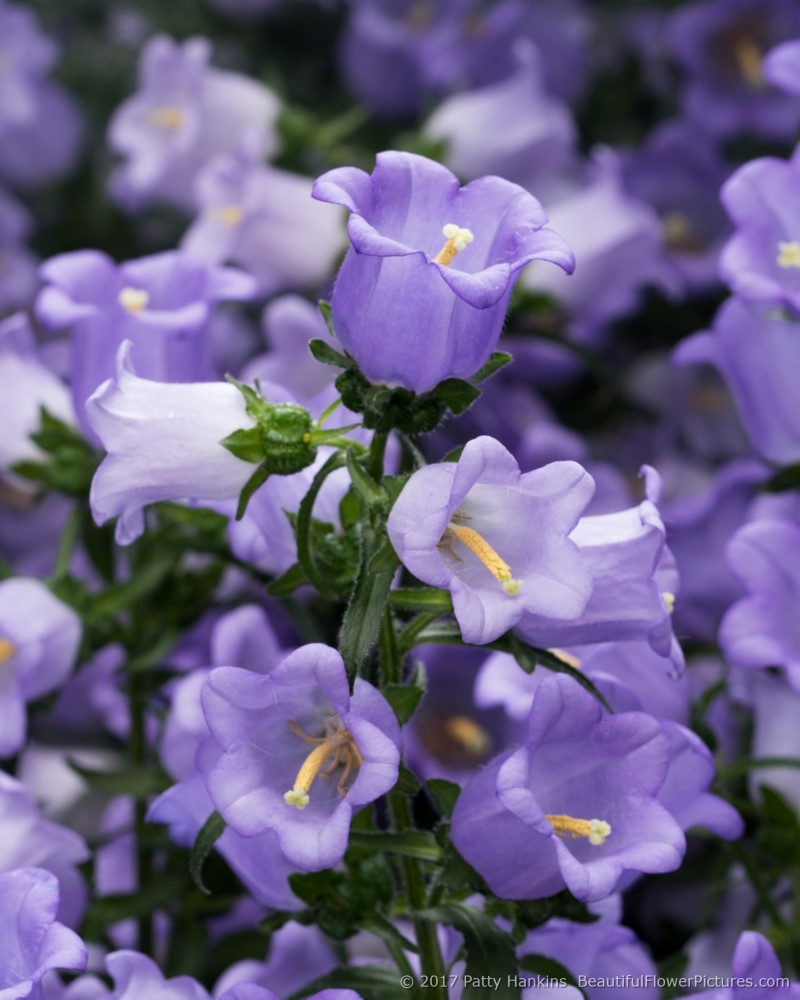
by hankinslawrenceimages | May 24, 2017 | Campanulaceae Family
I recently photographed a set of Champion Pro Lavender Canterbury Bells (Capanula medium) at a local botanical garden. I loved seeing all the shades of lavender and purple in these wonderful bell-shaped flowers.
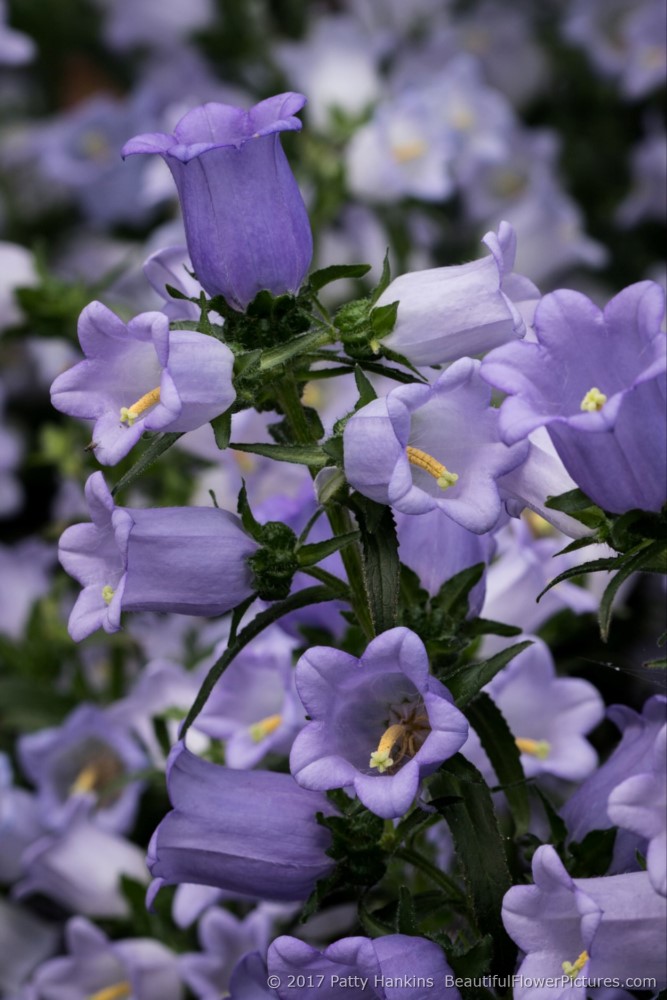
Champion Pro Lavender Canterbury Bells © 2017 Patty Hankins
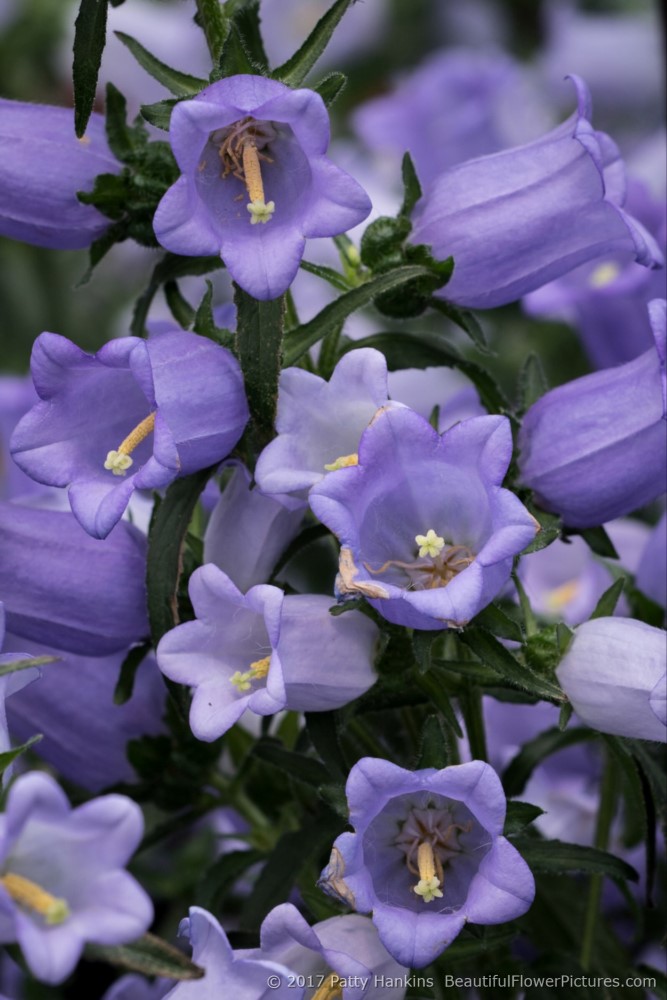
Champion Pro Lavender Canterbury Bells © 2017 Patty Hankins
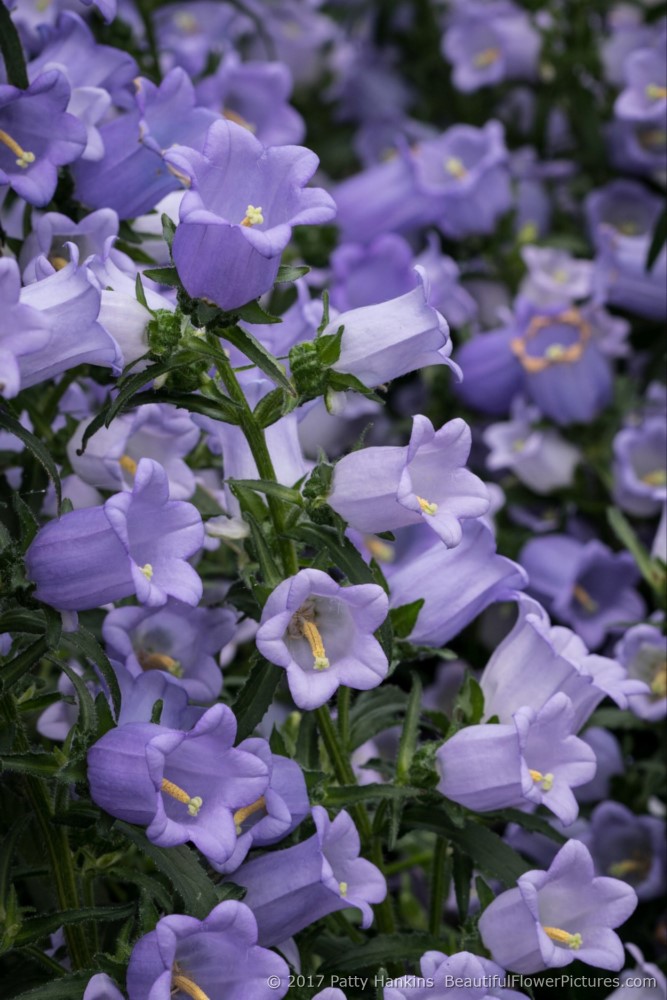
Champion Pro Lavender Canterbury Bells © 2017 Patty Hankins
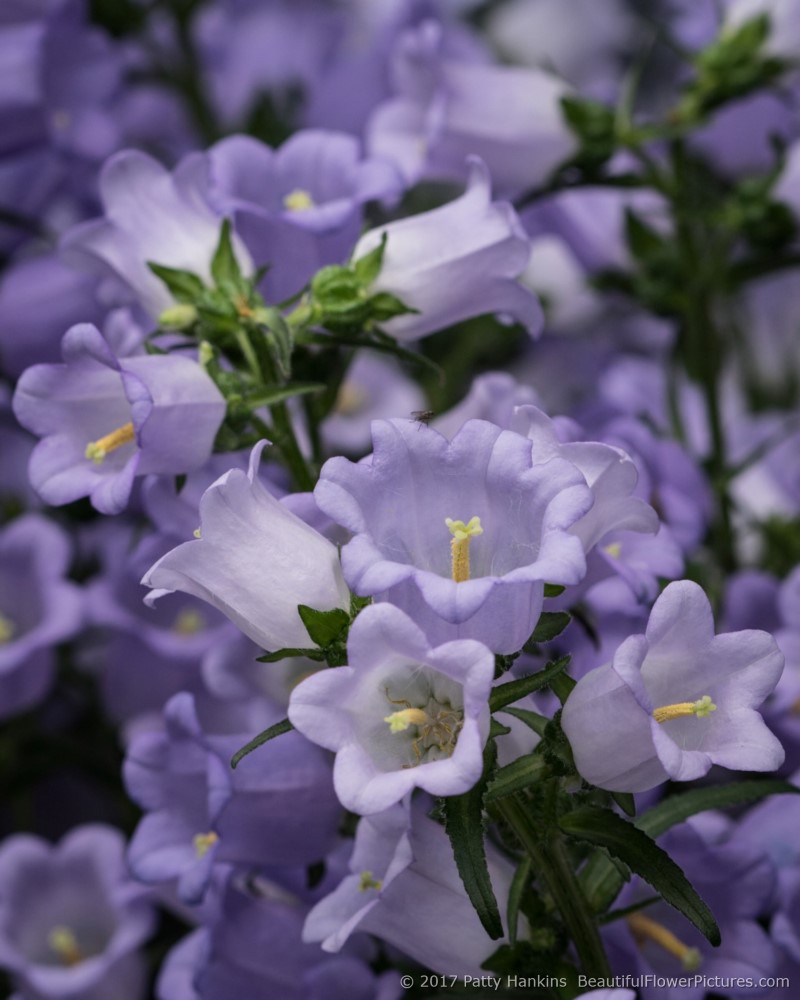
Champion Pro Lavender Canterbury Bells © 2017 Patty Hankins
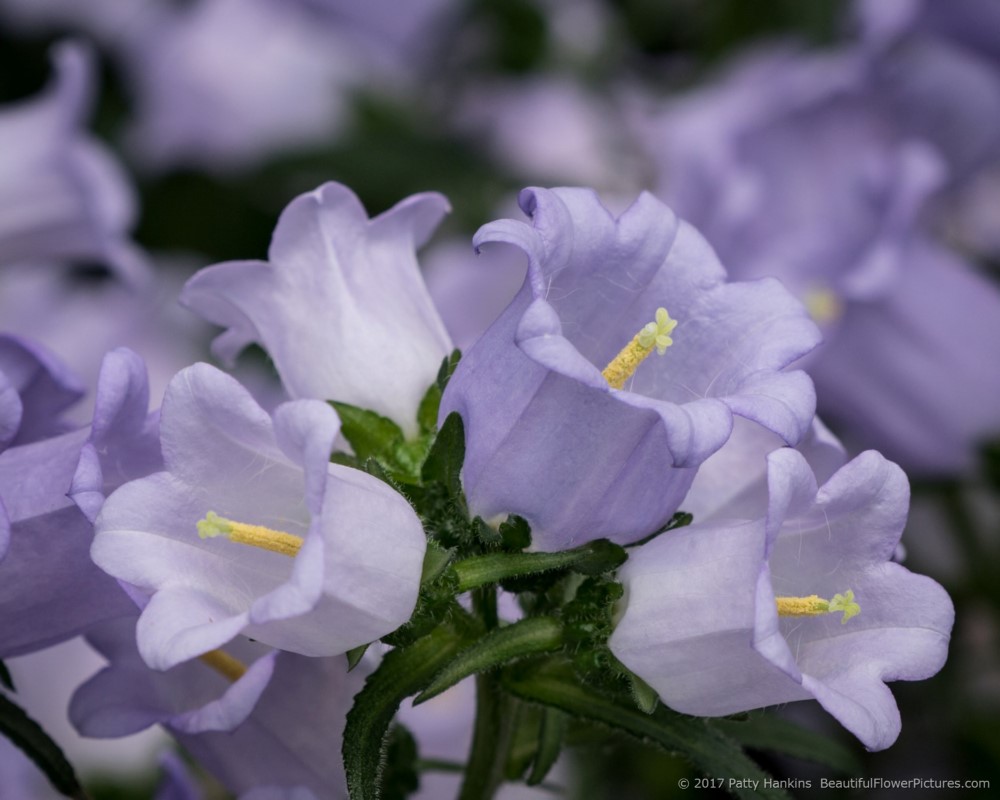
Champion Pro Lavender Canterbury Bells © 2017 Patty Hankins
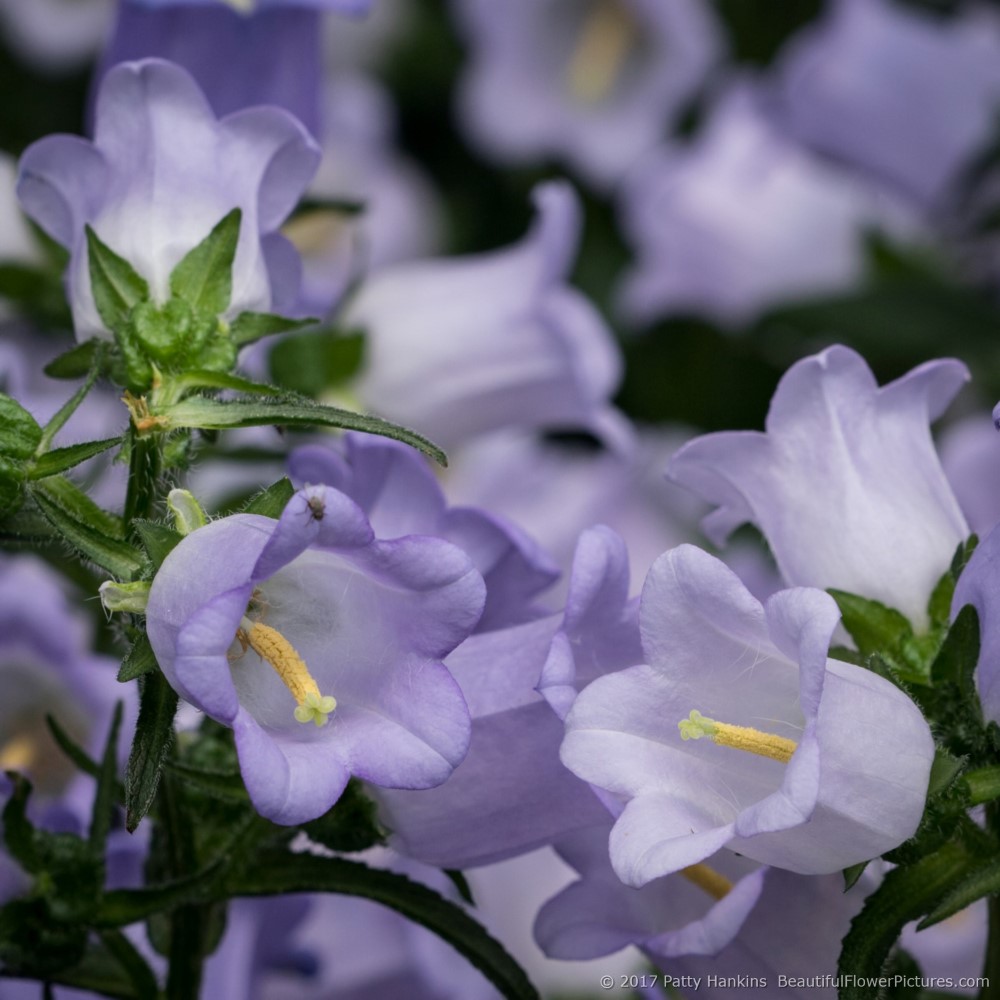
Champion Pro Lavender Canterbury Bells © 2017 Patty Hankins

Champion Pro Lavender Canterbury Bells © 2017 Patty Hankins
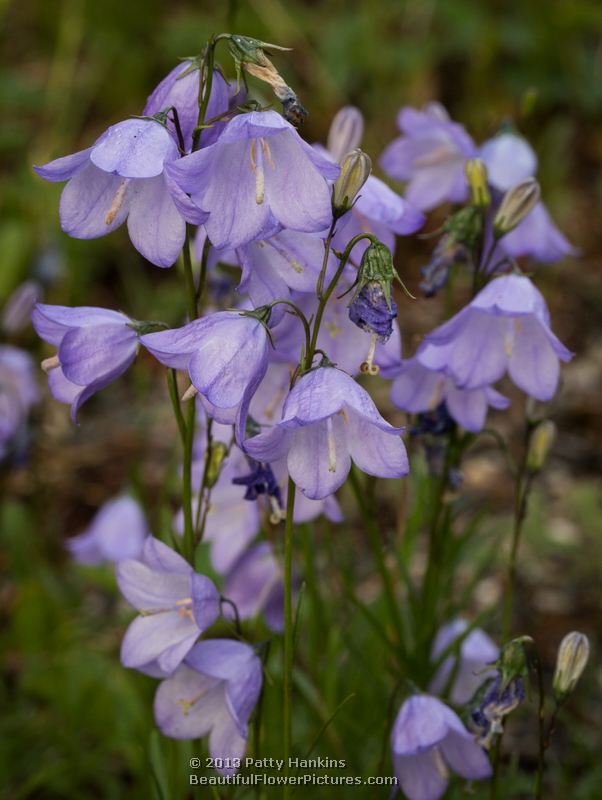
by hankinslawrenceimages | Nov 24, 2014 | Campanulaceae Family, Flowers, Wildflowers
Every now and then when I’m out photographing wildflowers I’ll come across a bell-shaped flower that are frequently a lovely shade of purple. Over time I’ve learned these are likely to be members of the Campanulaceae family.
Common Harebell ( campanula rotundifolia) is a lovely wildflower native to much of the United States except for the southeastern most areas. These delicate perennials feature several blossoms on a single stalk, and the stalks are usually found growing in clusters. They can grow to 15″ tall. I’ve photographed Common Harebell in both Yellowstone and Glacier National Parks.
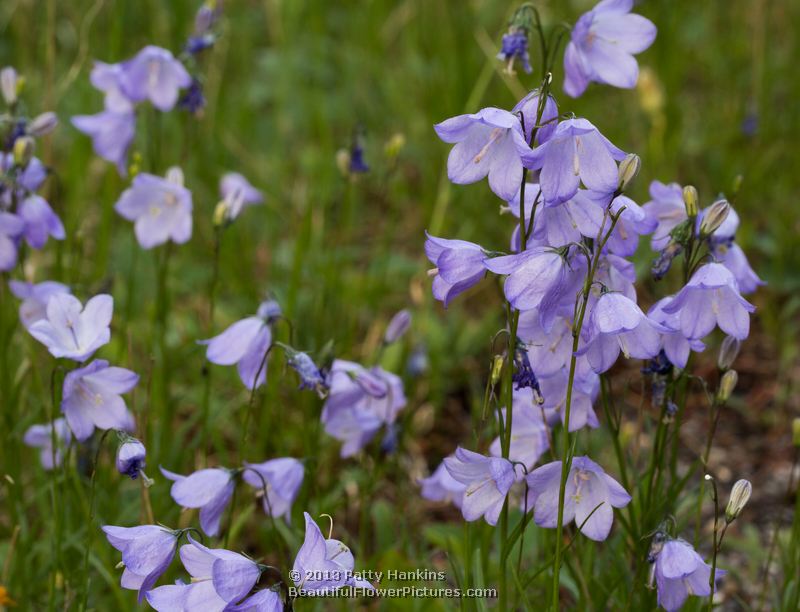
Common Harebell © 2013 Patty Hankins

Common Harebell © 2013 Patty Hankins
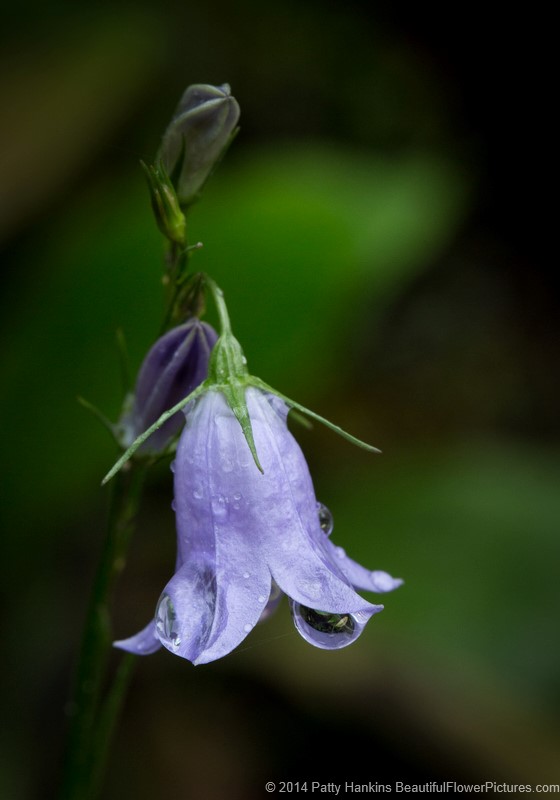
Common Harebell © 2014 Patty Hankins
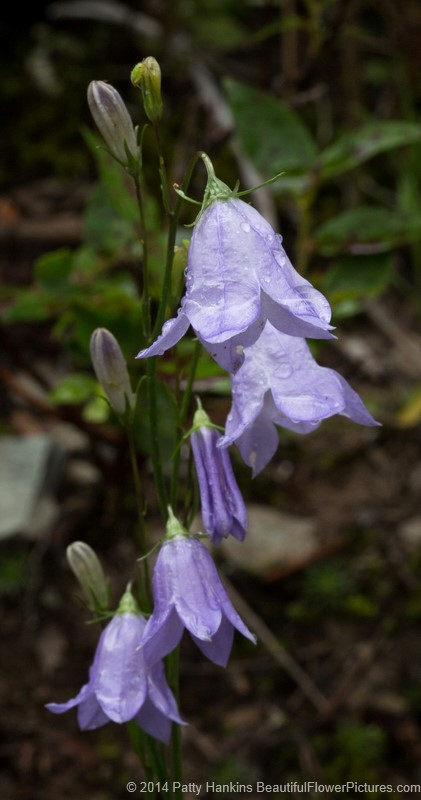
Common Harebell © 2014 Patty Hankins
Small Bellflower or Southern Harebell (campanula divaricata) is petite purple bell-shaped flower native to the Southeastern United States and to Connecticut and New Hampshire. The Small Bellflowers grow to about three feet tall with very small blossoms hanging down. The flowers are often less than half an inch tall. I photographed the Small Bellflowers along the Blue Ridge Parkway in North Carolina
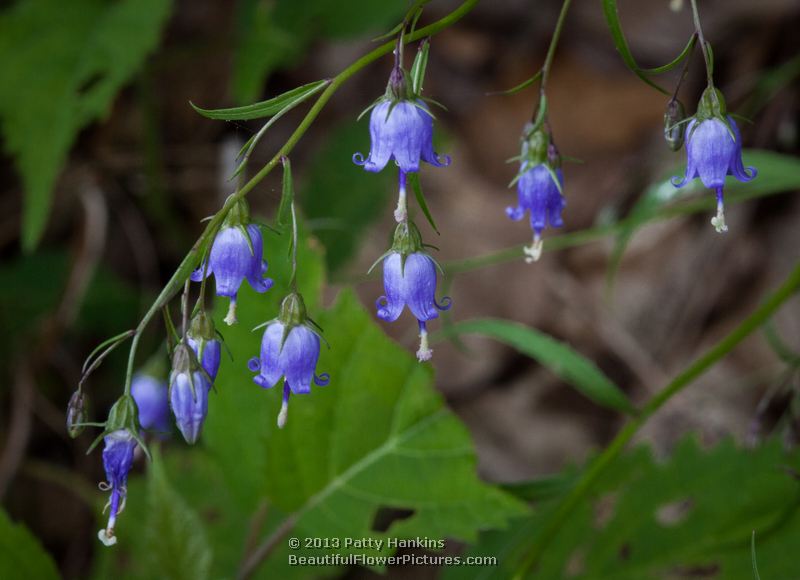
Small Bellflower © 2013 Patty Hankins
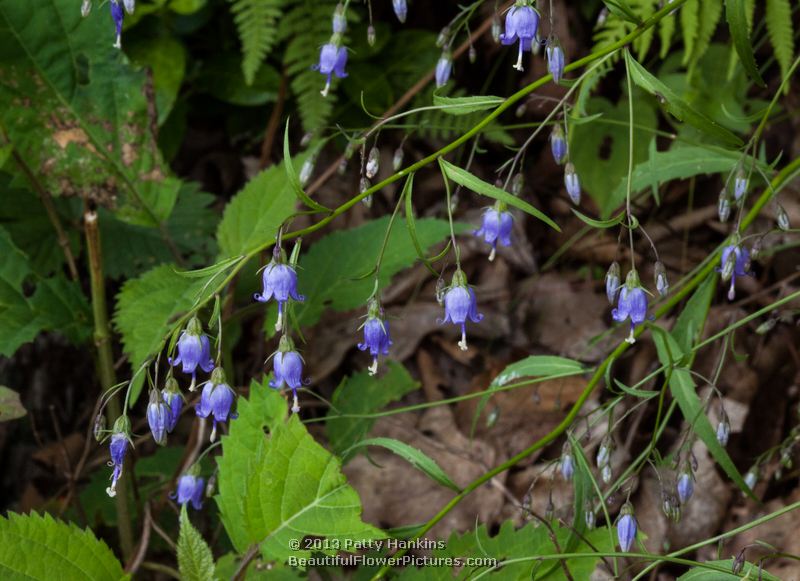
Small Bellflower © 2013 Patty Hankins
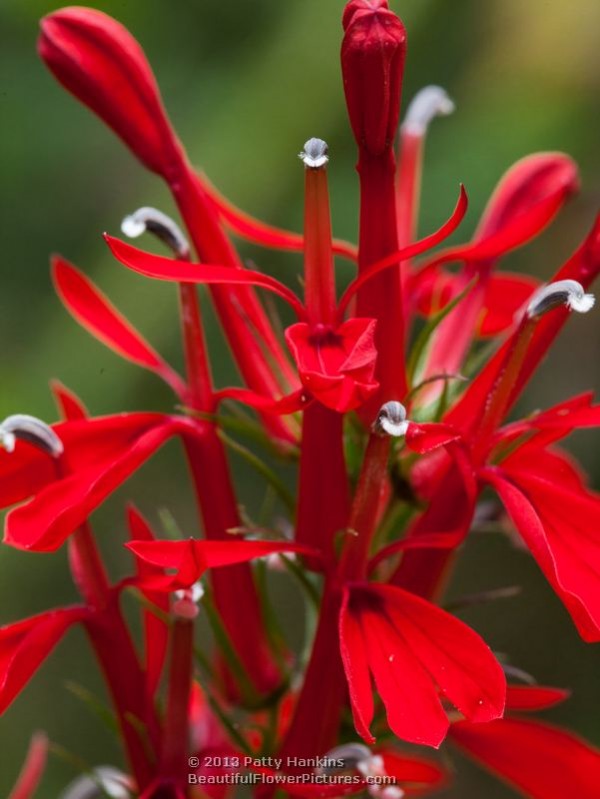
by hankinslawrenceimages | Apr 27, 2013 | Campanulaceae Family, Flowers, Wildflowers
Cardinal Flowers are one of the most striking summer wildflowers I’ve seen. Their bright red flowers stand out among the greens of the forest.

© 2013 Patty Hankins
The Red Cardinal Flowers (lobelia cardinalis) are native to most the United States except for the area from the Dakotas west to the Pacific Ocean. These beautiful members of the campanulaceae (bellflower) family grow as tall as 6 feet tall with an 8″ spike of bright red flowers. Although common in many areas, it is listed as threatened in Florida, exploitably vulnerable in New York and salvage restricted in Arizona.
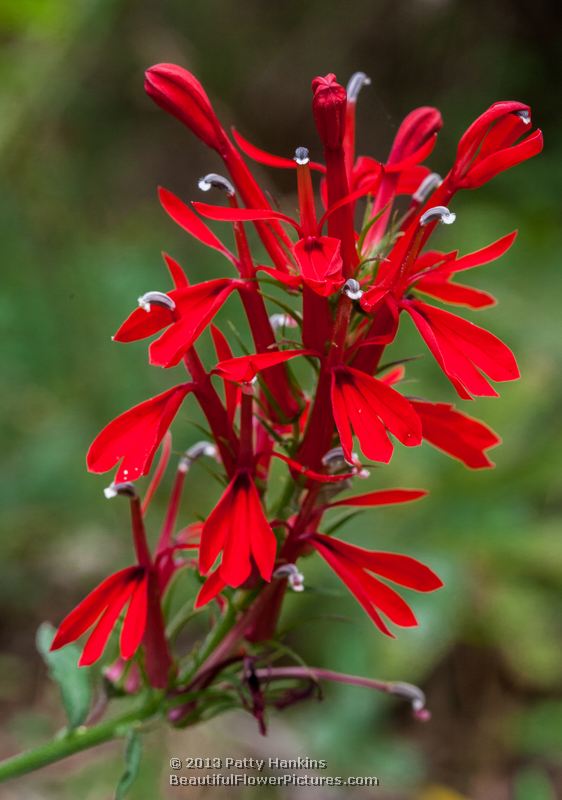
© 2013 Patty Hankins
Cardinal flowers were used medicinally by many native American tribes. It was used to treat ailments including headaches, colds, rheumatism, fevers and typhoid. Some tribes used it as a love potion and anti-divorce remedy.

© 2012 Patty Hankins
In addition to the red cardinal flowers, I have also photographed some lovely blue Cardinal Flowers (lobelia siphilitica). The Great Blue Cardinal Flowers are native to the eastern 2/3 of the United States and Canada. Like the red cardinal flowers, the blue cardinal flowers bloom during the summer – so add a wonderful splash of color to wooded areas. The blue cardinal flowers were used as a treatment for syphilis, hence the siphilitica in the latin name for these beautiful flowers.
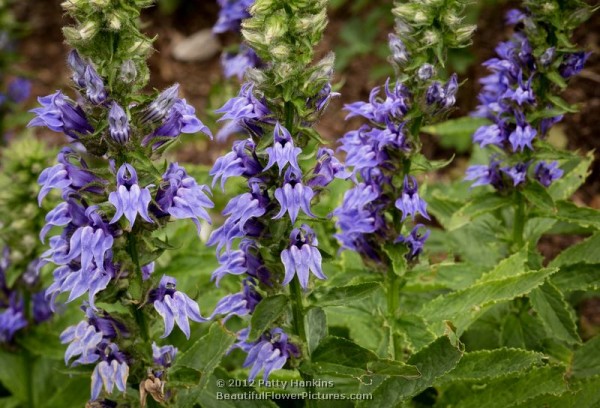
© 2012 Patty Hankins
All parts of both the red and blue Cardinal Flowers are poisonous if consumed in large quantities. Symptoms can include nausea, vomiting, coma and death.
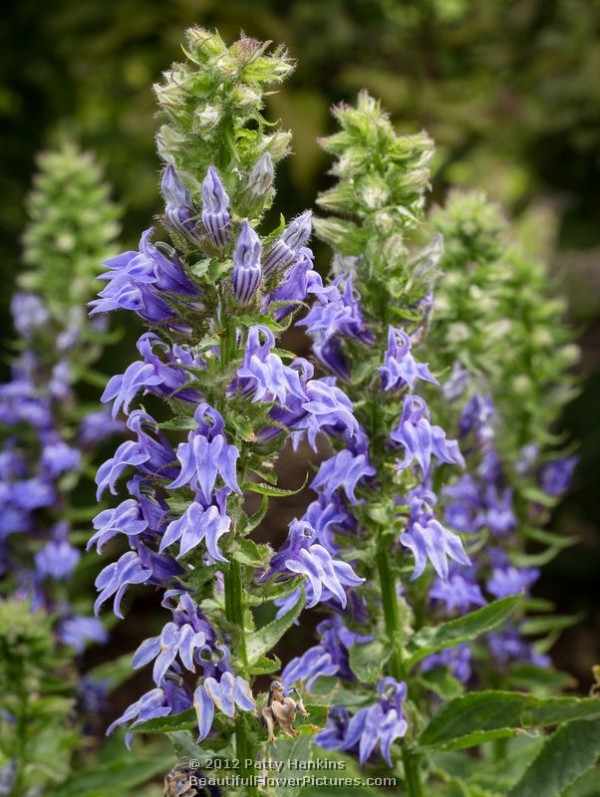
© 2012 Patty Hankins
Bees, butterflies and hummingbirds are all attracted to cardinal flowers. So when you add these striking plants to your garden, you are not only bringing beauty to your garden, but are also meeting the needs of local pollinators.
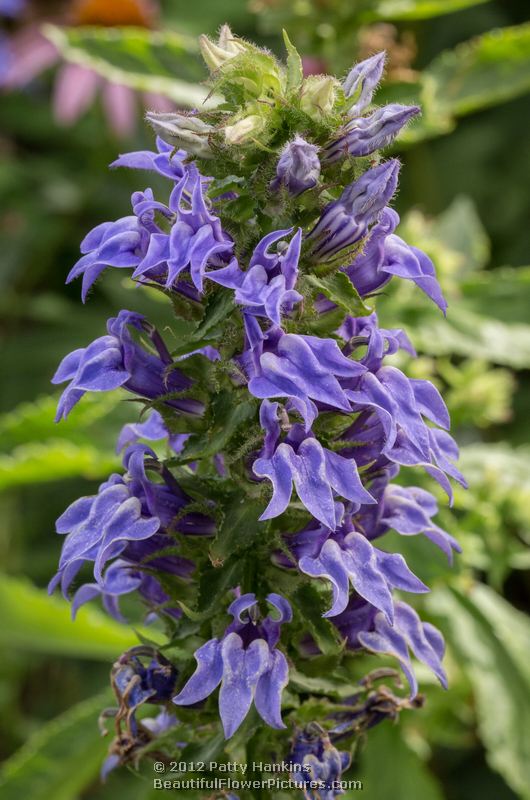
© Patty Hankins
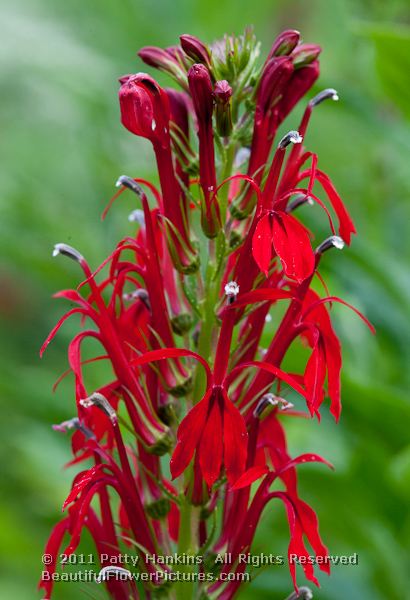
by hankinslawrenceimages | Sep 5, 2011 | Campanulaceae Family, Flowers, Wildflowers

© 2011 Patty Hankins
Once you’ve seen an incredible bright red cardinal flower you’ll never forget the amazing color of this wonderful wildflower. I’ve never seen any other flower that consistently has this incredible color.
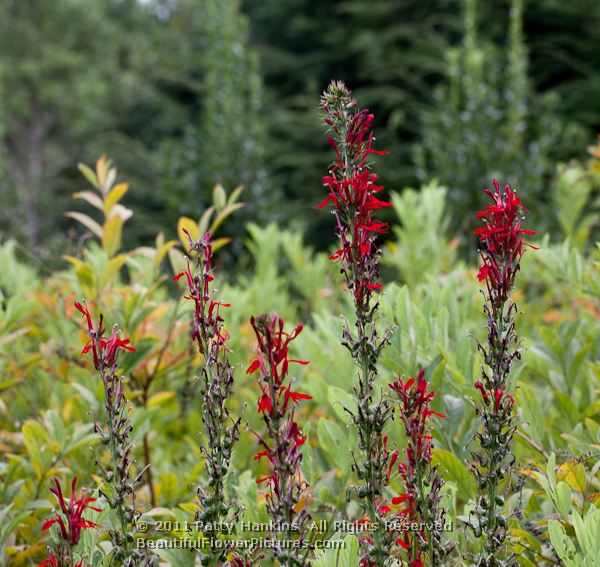 © 2011 Patty Hankins
© 2011 Patty Hankins
Cardinal Flowers (lobelia cardinalis) is the most well known member of the Campanulaceae (Bellflower) family. They are native to most of the United States and Canada, with the exception of the Pacific Northwest. Common in many places, it is listed as threatened in Florida and vulnerable in New York. Cardinal flower grow up to 6 feet tall – with a single spike of red flowers. Each flower has three lower petals and two upper petals that join as a tube at the base.
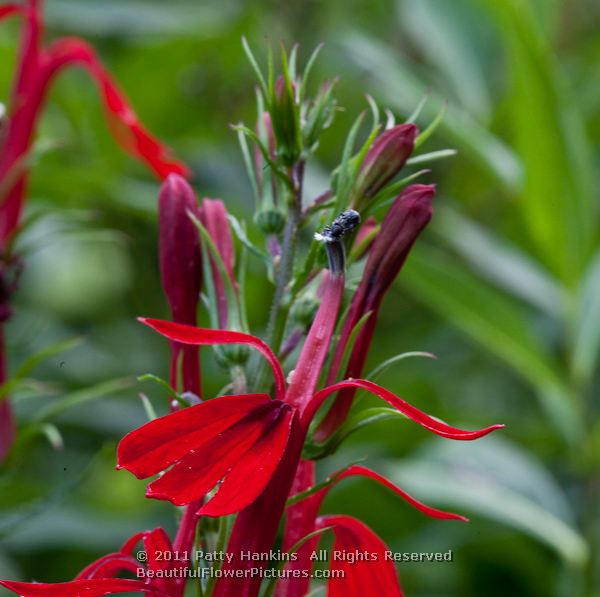
© 2011 Patty Hankins
The showy red flowers attract hummingbirds. Every time I have photographed cardinal flowers in bloom, there have been hummingbirds in the area. Not only are the birds attracted to the bright red color, but the shape of the flower – a long tube with a pool of nectar – is perfect for the long-beaked hummingbirds to pollinate.

© 2011 Patty Hankins
Many people assume that the cardinal flowers got their name as a reference to the birds. In reality, they were named cardinal flowers since the color of the flowers is the same color as the vestments of the Cardinals in the Roman Catholic Church.
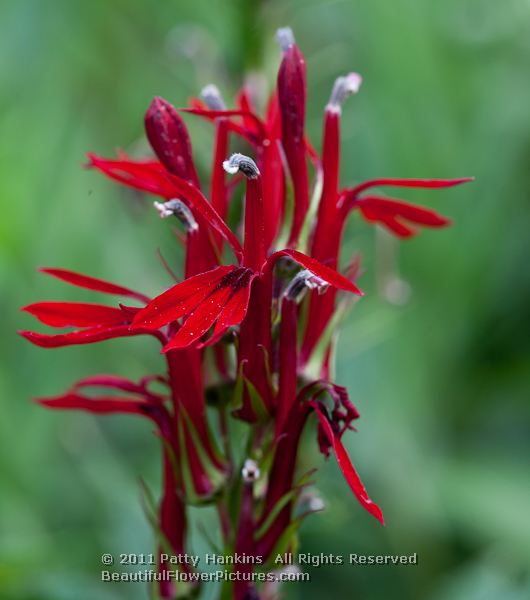 © 2011 Patty Hankins
© 2011 Patty Hankins
In addition to being a strikingly beautiful plant, Cardinal Flowers were used medicinally by numerous Native American tribes. In various forms, it was used as a remedy for pain, headaches, worms, colds, fevers, stomach troubles, syphilis, typhoid and cramps. It was also used to counteract witchcraft and as both a love and anti-divorce potion.The Jemez tribe used the flowers as part of their ceremonial rain dance.
Online sites with more information about Cardinal Flowers include
Dave’s Garden
Kemper Center for Home Gardening
Lady Bird Johnson Wildflower Center
Native American Ethnobotany
Native Plant Network
USDA Plant Profile





























